An Iowa City With Five Microsoft Data Center Complexes Reveals What Wisconsin Can Expect
Microsoft keeps building and building in West Des Moines, with a great local impact.
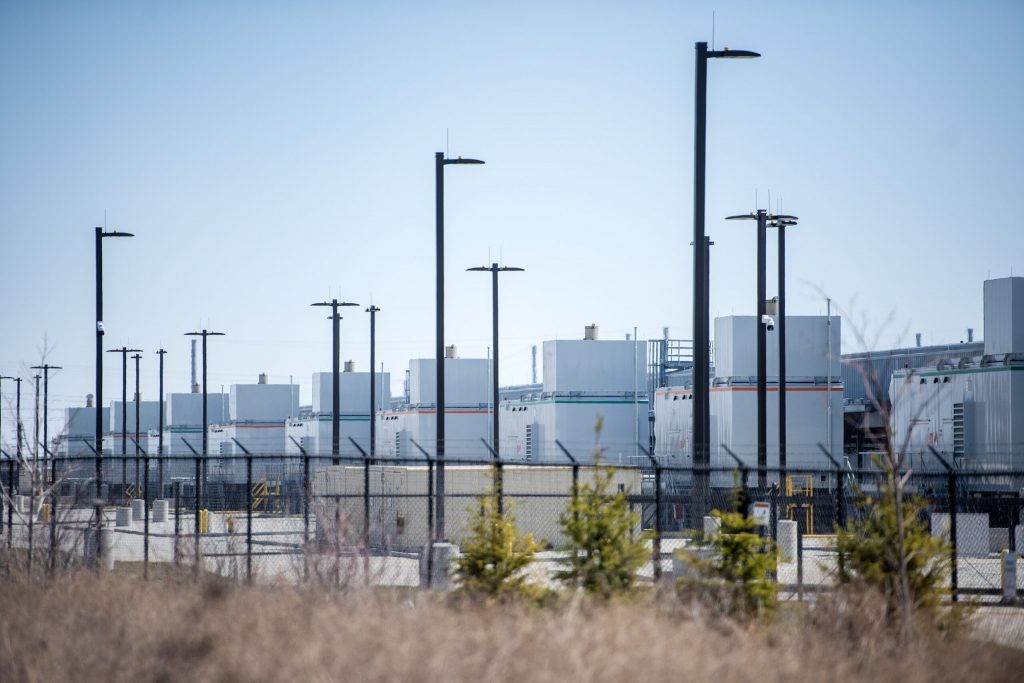
A Microsoft data center is situated near a hiking trail Tuesday, April 8, 2025, in West Des Moines, Iowa. Angela Major/WPR
David Roach has lived on his family’s 40-acre farm in Cumming, Iowa for most of his life.
His family has owned the property for over 100 years.
His father was born there. His grandfather died there.
“So every night you have like a painting when you look out the window,” Roach said.
Soon, the farmland across from his home will be the site of the newest Microsoft data center campus in West Des Moines.
“There’s a reason that we lived out here in the country, and it wasn’t to have this huge data center across the road,” Roach said.
There’s already one data center campus about 2 miles from his home. The next one will be a stone’s throw from his front yard.
“I like to refer to it as they’re [Microsoft] really polluting my dark,” said the 62-year-old veteran who works as a network engineer for Des Moines Public Schools. “I’m used to being out here in the middle of nowhere. You can see the stars. You can see the moon. Well, now it’s a glow coming from the east over here like a small city.”

David Roach, a 62-year-old veteran, stands on his family farm in Cumming, Iowa. A data center campus will soon be built next to his home. Evan Casey/WPR
Microsoft opened its first data center campus in West Des Moines — a city of about 73,000 next to the state’s capital of Des Moines — in 2012. In the years that followed, they constructed four more campuses in the city.
The multibillion-dollar software company now owns over 600 acres in West Des Moines. A sixth data center campus is coming to West Des Moines as part of an agreement the city council approved with the company last year.
Russ Trimble, a Whitefish Bay, Wisconsin native, has been the city’s mayor since 2021 and a member of the city council since 2009. He still remembers when Microsoft first announced they were coming to town in 2008.
“We knew that it was going to be a huge game changer for our community, and it absolutely has been,” Trimble said.

West Des Moines Mayor Russ Trimble stands outside the Iowa state Capitol on Tuesday, April 8, 2025, in Des Moines, Iowa. Angela Major/WPR
Trimble and other city officials said Microsoft setting up shop in West Des Moines has done wonders for the community. The tech giant has invested an estimated $5 billion to $6 billion in its data centers in the city so far. Microsoft has also pointed to its data centers in West Des Moines as the “epicenter” behind advancing its AI technology.
And residents who live next to the campuses say traffic, construction and noise and light pollution are something they have to deal with.
Nearly 400 miles away, Microsoft is constructing a $3.3 billion data center campus in Mount Pleasant, a Wisconsin village of about 30,000.
“Wisconsin is kind of the same thing, as this was rural farmland,” Roach said. “Once they build these vast data centers that look like a military compound, that’s kind of crushing that rural ambience, if you will.”
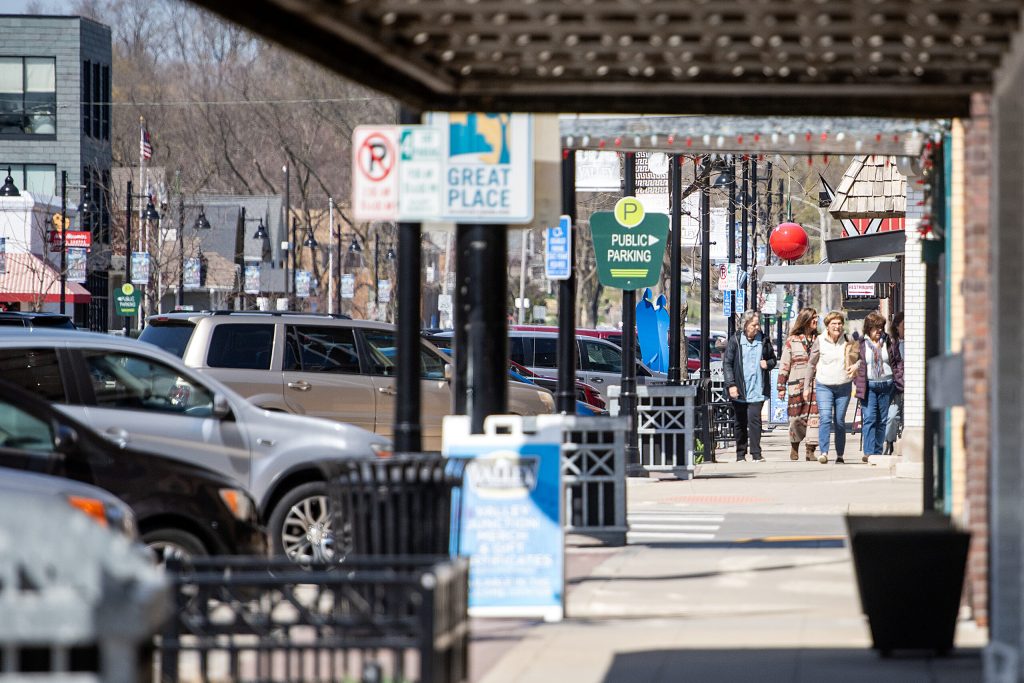
Pedestrians walk near stores and restaurants Tuesday, April 8, 2025, in West Des Moines, Iowa. Angela Major/WPR
‘I thought it was a big city out here’
Over 600 employees currently work for Microsoft at its data centers in West Des Moines. The jobs in buildings housing rows and rows of server racks include mechanical and electrical engineers, campus management, information technology operations, security contractors and building maintenance, according to a Microsoft spokesperson.
“They’re probably number seven or eight in terms of largest full-time employers,” said Ryan Moffatt, the community and economic development director for West Des Moines.
Margaret VanGinkel and her husband live directly across the street from Project Osmium, one of Microsoft’s data centers located on the south side of West Des Moines. They’ve lived on the 80-acre farm for over 25 years.
The land across the street used to be farmland. Now, the data center campus is hard to miss. Nestled next to Interstate 35 in Iowa, it has a barbed wire fence that runs along the entire campus.
Although plans for the project were announced in 2016, VanGinkel said the noise of construction trucks has been a constant for the couple over the past nine years.
“That’s the thing. They just keep building all the time,” VanGinkel said.
Down the road from VanGinkel, Roach also complained about traffic at the campus near his house.
“There’s been more traffic up and down this road in the past 10 years than there has been in 100 years,” Roach said.
Brian Hemesath, the West Des Moines city engineer, said it takes about 8 to 10 years for Microsoft to finish construction of the three to four buildings at each campus.
“So it’s kind of a longer-term construction period,” Hemesath said.
A spokesperson for Microsoft said the company tries to be “good neighbors.”
“Microsoft recognizes that the construction and operation of its data centers have a significant impact on the communities in which they are built,” the spokesperson wrote in an email.

Construction is ongoing near a Microsoft data center Tuesday, April 8, 2025, in West Des Moines, Iowa. Angela Major/WPR
Data centers have expanded across the Des Moines region and Iowa
Data center campuses have exploded across Iowa and the Des Moines region in recent years. Companies like Apple, Google, Meta and Cologix now operate data centers in the state.
There are currently 75 data centers in the Des Moines region, according to Data Center Map.
In a statement, a spokesperson for Microsoft said the company was attracted to Iowa because of the “area’s availability of land, skilled workforce, large fiber optic network and the state’s reliable and renewable energy resources.”
Moffatt said abundant land and lower cost of utilities also helped lure tech companies to America’s heartland.
Microsoft brings benefits and strain
Microsoft’s presence has benefited West Des Moines in many ways, but it might test the limits of some of those abundant resources.
West Des Moines is the seventh-largest city in Iowa. But Trimble said the city is now third in property valuation in the state, only behind Cedar Rapids and Des Moines, two cities with populations double and triple the size of West Des Moines.
A Microsoft spokesperson said the company has invested in 132 projects in the greater Des Moines area since 2017, including a community amphitheater next to West Des Moines’ city hall and Wi-Fi in the city’s historic district.
And the company funded about $25 million worth of system improvements for West Des Moines Water Works, the city’s water utility. That includes a 2-million-gallon water tank completed in 2023 that serves the data centers and the residents of West Des Moines.
An aquifer storage and recovery well project is also currently in the works in the city. That project will help the city during the summer months when the data centers use more water.

Christina Murphy, general manager of West Des Moines Water Works, stands on a walkway over water tanks at their facility Tuesday, April 8, 2025, in West Des Moines, Iowa. Angela Major/WPR
But data centers also require massive amounts of water for cooling purposes.
A spokesperson for Microsoft said the data centers in West Des Moines use direct evaporative cooling. He said that system uses water for cooling, “approximately 10 percent of the year.” The rest of the year, the data centers are air-cooled, according to the spokesperson.
“So it will have some pressure on the water infrastructure capacity,” he added.
In 2024, Microsoft used 68.5 million gallons of water in West Des Moines for its five data center campuses, or 2.62 percent of the system total. The company was the highest water user in the city last year, said Christina Murphy, the general manager of West Des Moines Water Works.
Murphy said West Des Moines Water Works has an agreement with Microsoft that allows them to use up to 5 million gallons of water a day at their data center campuses. And under that agreement, the water utility could support another data center campus.
“We want to make sure that we can support the city and all the other objectives that they have to do,” Murphy said.
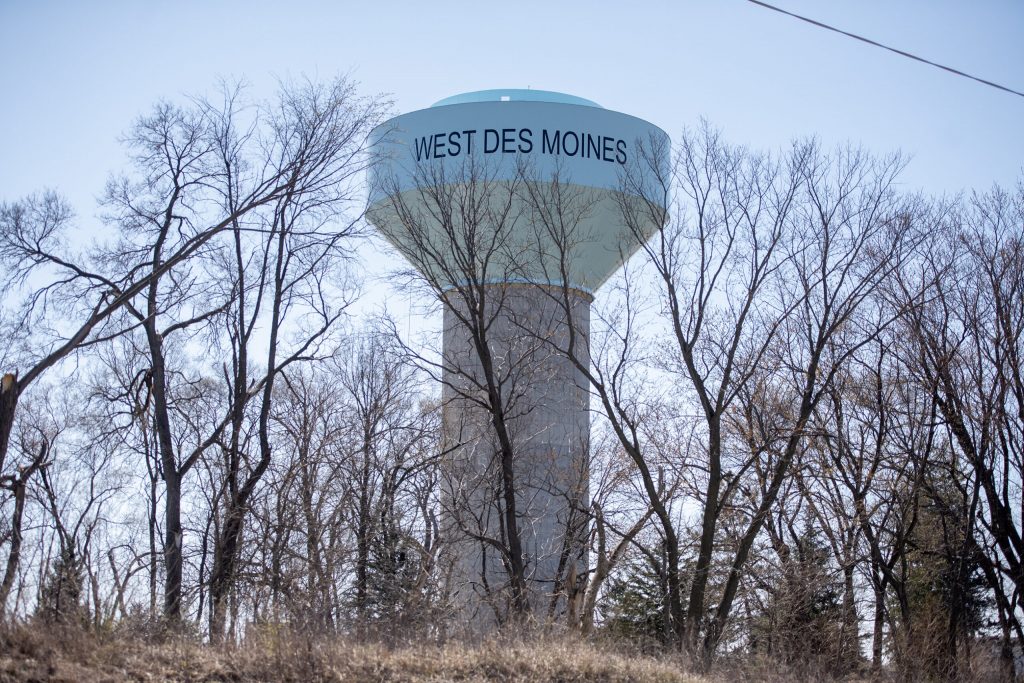
A water tower rises above the trees Tuesday, April 8, 2025, in West Des Moines, Iowa. Angela Major/WPR
Keith Schilling, State Geologist of Iowa and director of the Iowa Geological Survey, said 80 percent of the state’s residents use groundwater for water supply. Iowa has also been dealing with drought conditions on and off over the years.
“The water demand from data centers is just adding to a growing set of demands on our groundwater resources,” Schilling said.
Data centers in Iowa consumed about 11.43 percent of the total electricity consumption in the state in 2023, according to a Yahoo report.
Trimble said MidAmerican Energy and Alliant Energy are some of the largest utility providers in the state. He wants more data centers to be built in West Des Moines. But he said more infrastructure is needed for the power demand as other data center projects have been announced across the state.
“A lot of these data centers are going in the same power company’s territory, and so I know that they [energy companies] are working to make significant investments in infrastructure themselves to be able to support all these data centers,” Trimble said. “And so that’s kind of an issue that we’re dealing with now.”
“At some point in time, you’re going to push the envelope on that, and you’re not going to be able to develop more data centers until the energy infrastructure catches up with it,” he added.
A spokesperson for MidAmerican Energy declined to comment for this story.
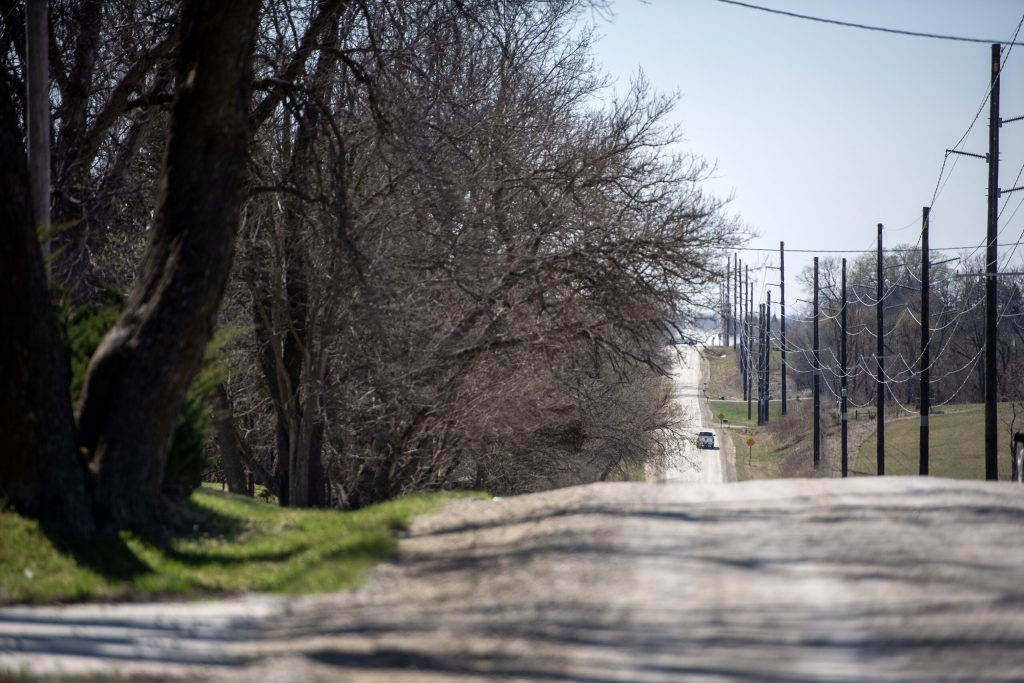
The area surrounding a Microsoft data center Tuesday, April 8, 2025, in West Des Moines, Iowa. Angela Major/WPR
Meanwhile, the city has spent over $200 million on public infrastructure needed for the projects, according to city officials.
“And so what we’ll do is create a TIF [tax increment finance] district and use the increment that comes off the data centers to help pay for our infrastructure that goes in to serve the data centers,” Moffatt said.
Moffatt also said the infrastructure needed for the campuses has helped open up 4,500 acres of property in the city for future development.
“Our incentive really is focused on the infrastructure piece of this,” Moffatt said.
But that growth isn’t guaranteed to continue at the same rate. An April report from The Associated Press found that Microsoft is “slowing or pausing” construction for some of its data center projects across the nation.
Over 10 percent of West Des Moines’ tax base is now tied to the data center campuses, Moffatt said. That could be a problem down the road.
“We want to be mindful of ensuring that we can diversify our economy, if, for whatever reason, you don’t need the same size of facility, or these did go dark and the assessments plummeted. That would be impactful to us,” Moffatt said.
A spokesperson for Microsoft didn’t comment on The Associated Press report. In an email, Moffatt said construction is set to start on the sixth data center campus in 2026.
Microsoft built 5 data center campuses in this Iowa city. Here’s what Wisconsin can expect. was originally published by Wisconsin Public Radio.
If you think stories like this are important, become a member of Urban Milwaukee and help support real, independent journalism. Plus you get some cool added benefits.
The Impact of Data Centers
-
Will Huge Data Centers Boost Wisconsin’s Tax Revenues?
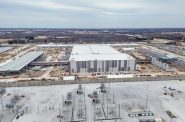 May 14th, 2025 by Joe Schulz
May 14th, 2025 by Joe Schulz
-
Will Power-Hungry Data Centers Increase Pollution in Wisconsin?
 May 13th, 2025 by Danielle Kaeding
May 13th, 2025 by Danielle Kaeding
-
What Are Data Centers? How Will They Change Wisconsin?
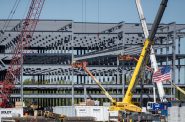 May 12th, 2025 by Nick Rommel
May 12th, 2025 by Nick Rommel


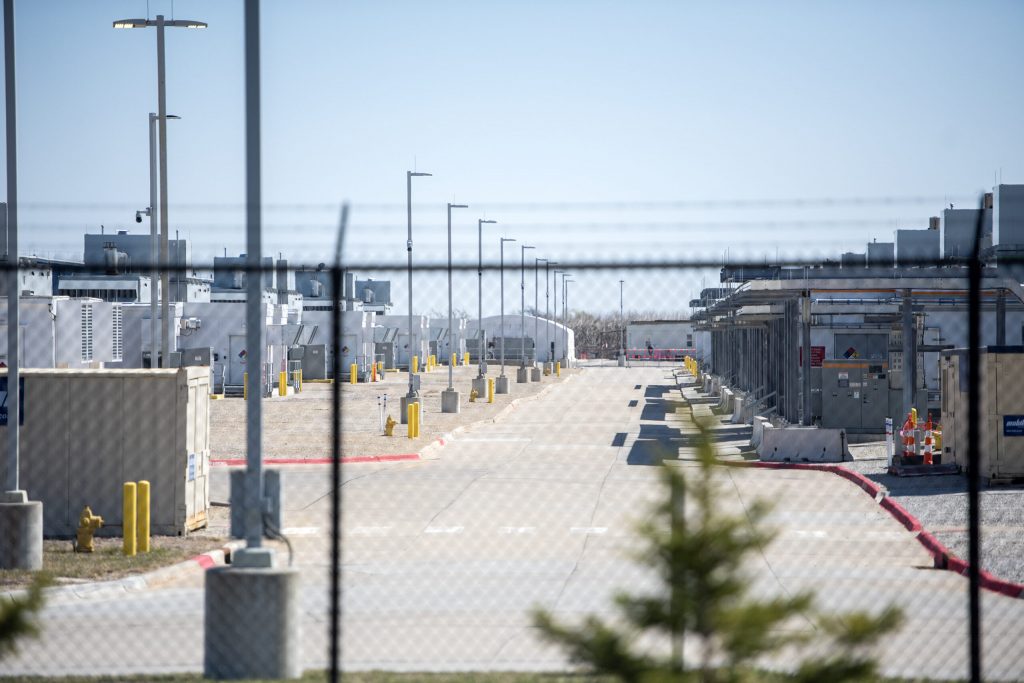
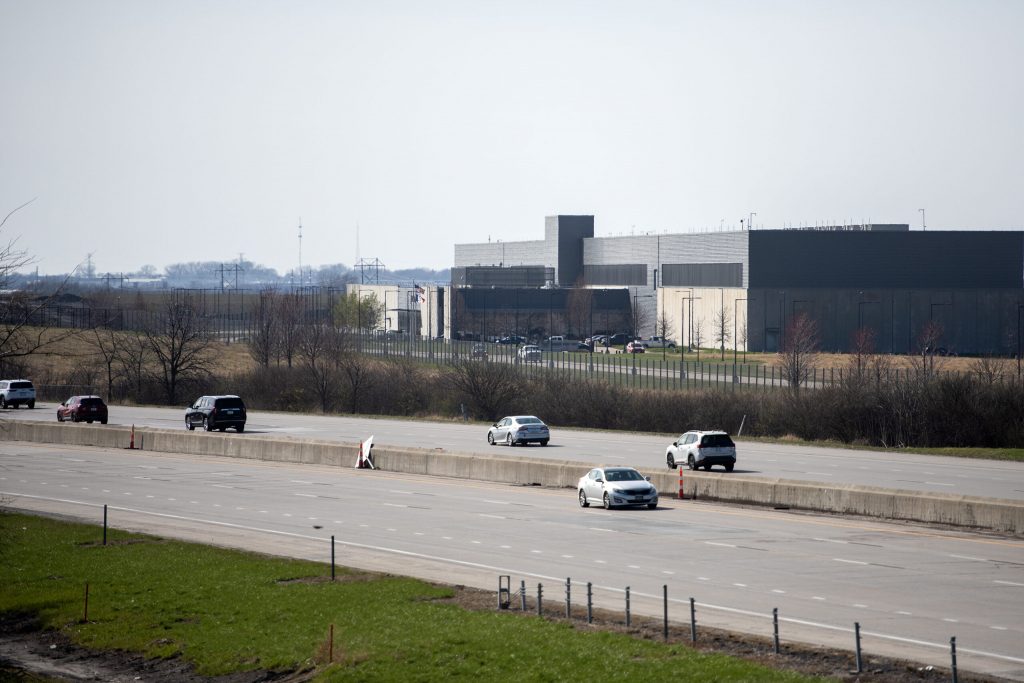
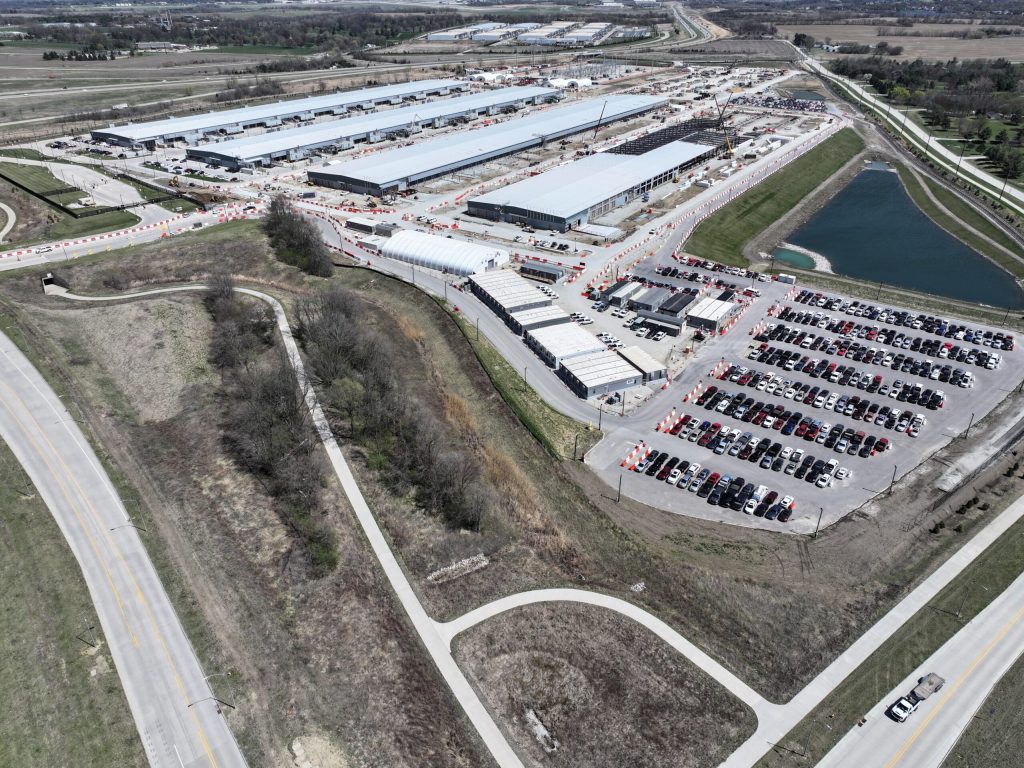




















Have scientists, economists and social professionals examined
why this much data capacity is needed, it’s impact on the places it’s located,
and why the users of the data don’t store it on
their own equipment, in their own facilities?
There’s no reason for “The Cloud” to block other people’s skies.
A possible exception would be governments, but only when
aiding the rendering of services to its citizens.
This article leaves out mention of severe noise problems
at some of these facilities.
At the risk of sounding silly, can they plant some trees near this massive hybrid of a city?
Where’s the solar panels to help offset energy? There are programs for houses to offset with solar…why not here. These sites must envision themselves as being as self supporting as possible.
Finally, America needs to go on a device diet.